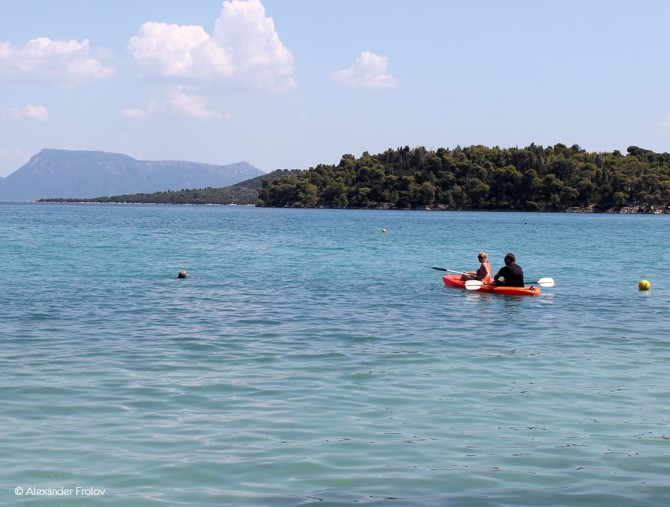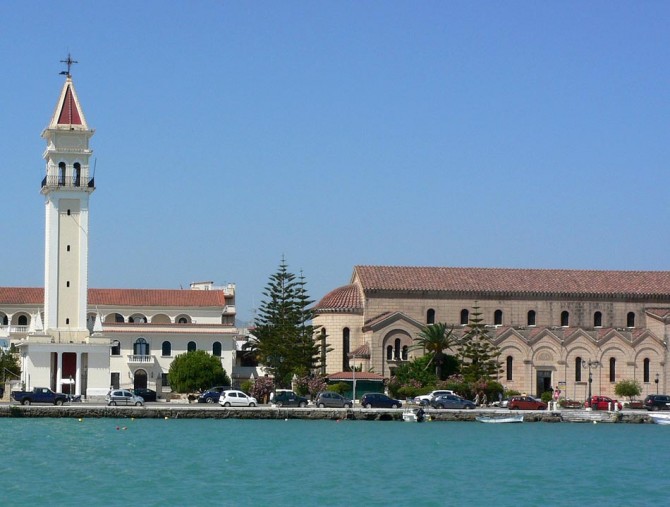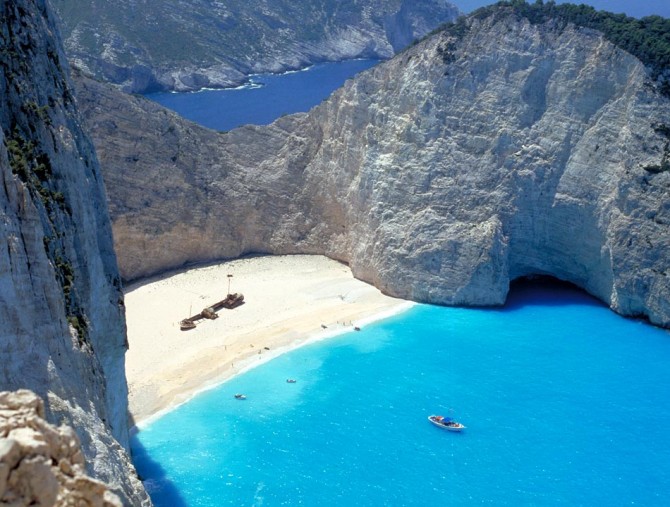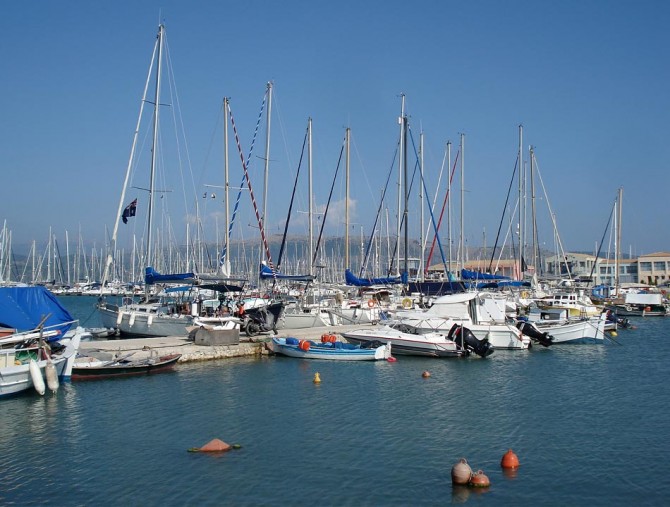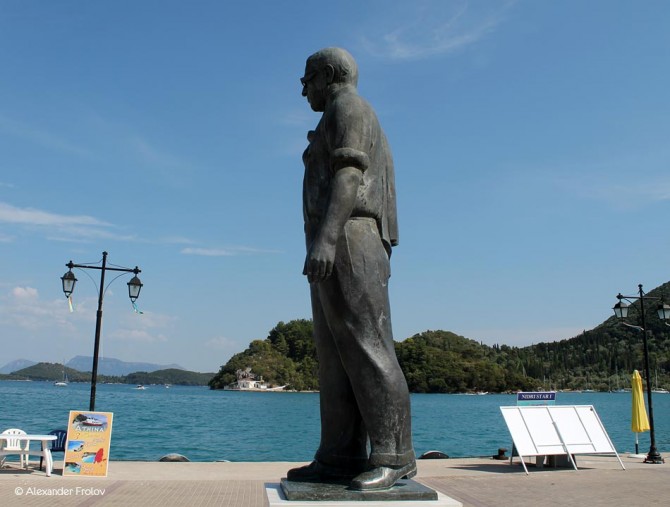Ионические острова
Древняя история Ионических островов неразрывно связана с историей Древней Греции. Остров Итака прославился в Одиссее Гомера как родина Улисса - именно сюда он мечтал вернуться все десять лет странствий после Троянской войны, а Лефкада известна из истории Сафо. Немало выдающихся личностей родилось на Ионических островах в период новой истории страны. В 1776 году на Корфу родился первый президент свободной Греции Иоанн Каподистрия. Автор первого гимна Греции 1798 году, Дионисий Соломос появился на свет в Закинфе в 1798 году, а дальнейшую жизнь провел на Корфу. Автор музыки к первому гимну, Николаос Maтцарос, также родился на Корфу в 1795. В дальнейшем он прославился как основатель первой музыкальной школы в Греции. Несложно догадаться, что располагалась она на его родине. Эпический поэт Аристотель Валаоритис родился в Лефкаде в 1824 году,а один из лучших поэтов-лириков Ангелос Сикелианос появился на свет там же, но в 1884 году. А в новейшей истории Ионические острова прославил Сакис Рувас, представлявший Грецию на конкурсе “Евровидение” в 2004 и 2009 годах. Он родился на Корфу в 1972 году.
Пляжи Ионических островов по праву считаются одними из лучших не только в Греции, но и во всем Средиземноморье. Местные блюда также не оставят вас равнодушными.
Как добраться до Ионических островов:
- на пароме из порта Пирея (только Кифера)
- на пароме из порта Игуменица (Корфу и Пакси)
- на пароме из порта Патра или Килини (Кефалония)
- на пароме из порта Килини (Закинф, Итака и Лефкада)
- на самолете (Корфу, Кефалония и Закинф)
Tекст: Александр Фролов
Ionian Islands
Corfu, Cephalonia, Lefkada, Zante, Ithaka, Paxoi and Kythira. Seven magical islands of the West Greece, washed by the Ionian Sea, the natural bridge between Greece and Italy, all members of the famous group of Ionian Islands. Actually there are two facts about the Ionian Islands. One: Apart from the seven principal ones, many smaller islets are included, that we can usually visit from the principal islands. Two: Although Kythira is officially listed as Ionian Island, the truth is that, unlike the other six that are close to the coasts of Epirus and west Peloponnese, this one lies opposite the south-eastern tip of the Peloponnese peninsula.
The Ionian Islands are among the few Greek places that have never been occupied by the Turks. While the rest of Greece was under the Turkish occupation for 400 years, the Ionian Islands had Venetian, French and English governors. That means that these islands had different, clearly European influences in civilization, architecture, art, culture and lifestyle, something that is very obvious up to today.
The Venetian castles are scattered among the monuments of the Ancient Greece and Rome, while the imposing neoclassical buildings and the luxurious Venetian mansions are the main feature of the Ionian architecture, so much diverse than the minimal and so peculiar architecture of Cyclades, for instance, with the rectangular white washed houses.
The Ionian Islands are the homeland of famous Greeks. Going back to the ancient years, Ithaka was the homeland of Ulysse, the island he was trying to return to for 10 whole years, after the end of the Trojan War. This is the story of the famous Homeric “Odyssey” we all know so well. Many centuries later, in 1776, Ioannis Kapodistrias, the first governor of the liberated Greece, was born in Corfu. In 1798, Dionysios Solomos, the poet of the notorious “Hymn to Liberty,” which borrowed the first two stanzas to the Greek national anthem, was born in Zante and lived many years in Corfu. Nikolaos Mantzaros, who wrote the music of the Greek national anthem, was born in Corfu in 1795 and was the founder of the famous Ionian School, the first “music school” founded in Greece, with influences from the classical music. It lasted from the 19th to the 20th century and its members were well known Greek musicians. In 1824, the great Greek epic poet
Aristotelis Valaoritis was born in Lefkada, the same island where Angelos Sikelianos, one of the best Greek lyric poets of the 20th century, was born in 1884. And the list of the important Ionian people has no end, as it also includes Sakis Rouvas, the modern Greek pop idol, who had also represented Greece in the Eurovision Song Contest twice (in 2004, receiving the third place and in 2009, receiving the 7th place). He was born in Corfu in 1972.
The beaches of the Ionian Islands are among the best, not only of Greece, but of the Mediterranean Sea as well: Crystal clear waters and endless sandy beaches, surrounded by lush vegetation and impressive rocks. As for the Ionian people, they are known for their hospitality, the singing way of speaking and the delicious local cuisine.
For all these reasons (the countless natural beauties, the magical beaches, the stately architecture, the culture, the art and the hospitality), the Ionian Islands are always among the most popular touristic destinations of Greece.
How to get there: The Ionian Islands (apart from the Kythira, which is different story anyway) are the only Greek islands that are not linked to the Piraeus port. You can go there by ferry boats from Igoumenitsa (to Corfu and Paxoi), from Patras and Kyllini (to Cephalonia) and from Kyllini (to Zante, Ithaka and Lefkada). You can also go by car from Athens to all these ports that are linked to the Ionian Islands or by bus. And you can also go by air. Corfu, Cephalonia and Zante have their own airports, that are also international.
Τext: Marilou Pantazi

